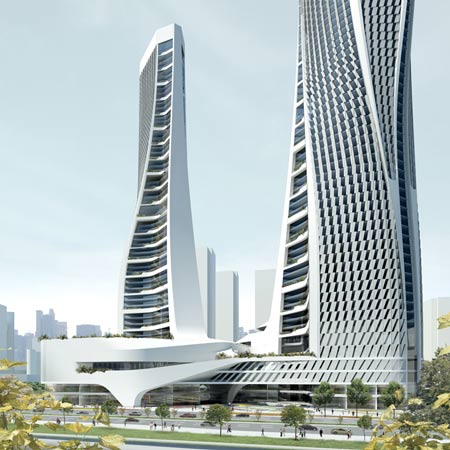
Raffles City Hangzhou by UNStudio
Dutch architect Ben van Berkel of UNStudio has unveiled plans for a 60-storey building with two towers in Hangzhou, China.
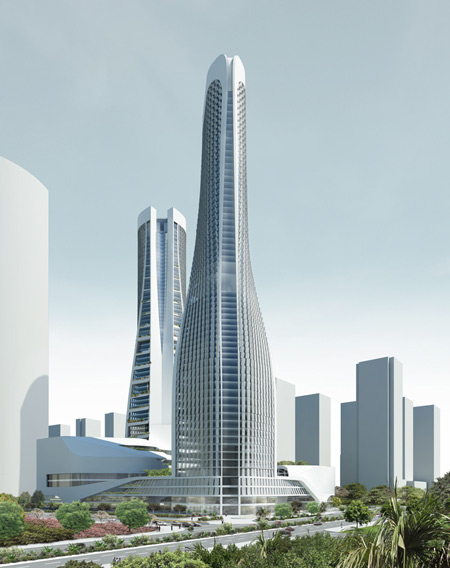
Called Raffles City, the building will incorporate retail spaces, offices, housing and a hotel.
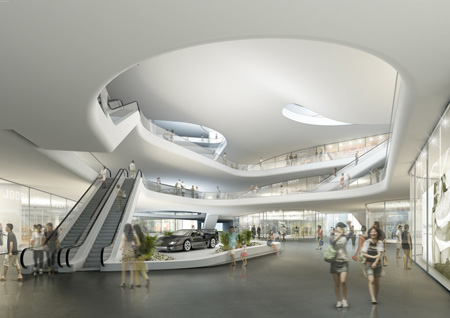
“The philosophy behind the Raffles City concept is to integrate mixed use in an urban context, but in such a way as to give this concept a twist by focussing on where the urban context meets the landscape of the city," says van Berkel.
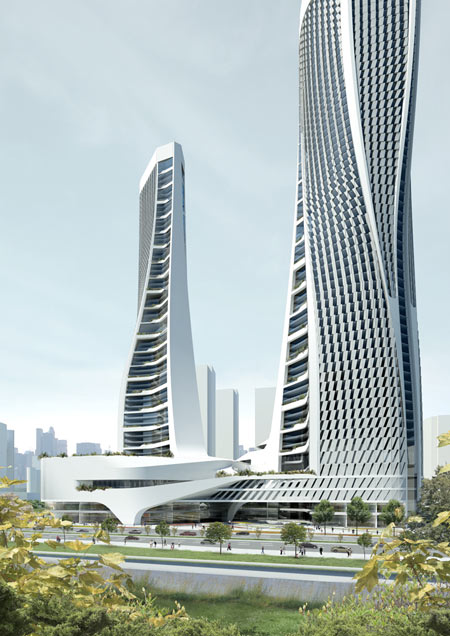
"In the design of the towers the urban element of the project twists towards the landscape, whilst the landscape aspect, in turn, twists towards the urban context, thereby effecting the incorporation and consolidation of these separate elements in one formal gesture.”
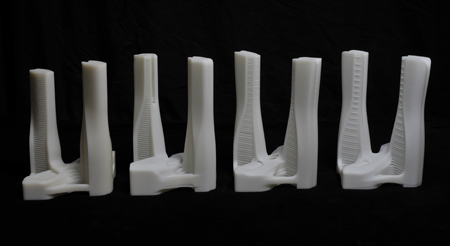
The building is due for completion in 2012.
Here's some more information from UNStudio:
--
Raffles City, Hangzhou, China
Unstudio’s mixed-use Raffles City development is located near the Qiangtan River in Hangzhou, the capital of Zhejiang province, located 180 kilometres southwest of Shanghai. With a city population of 1.69 million, Hangzhou is one of the most renowned and prosperous cities in China and is well known for its beautiful natural scenery, particularly in the West Lake area.
UNStudio’s Raffles City in Hangzhou will be CapitaLand’s sixth Raffles City, following those in Singapore, Shanghai, Beijing, Chengdu and Bahrain. UNStudio’s Raffles City Hangzhou incorporates retail, offices, housing and hotel facilities and marks the site of a cultural landscape within the Quianjiang.
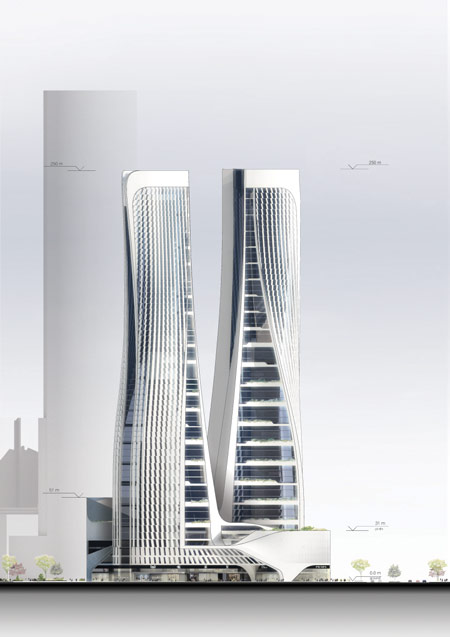
New Town Area.
Raffles City Hangzhou is due for realisation in 2012. After four years of planning and construction, it will reach a height of 60 stories, presenting views both to and from the Qiantang River and West Lake areas. Raffles City Hangzhou will provide a total floor area of almost 300,000 square metres.
In the chain of events and attractions of Hangzhou, like the West Lake area and the commercial centre, the Raffles City project will be at the core of the Qianjiang New Town area and contribute to the recognition of this area as a new destination in the city.
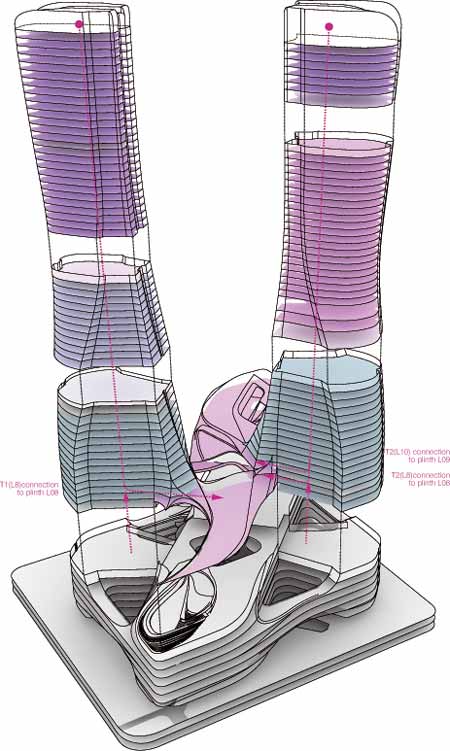
Ben van Berkel says of the project, "I believe it will have a sizable impact, as it is a project with a very strong identity and an individual character, which means it will become a place to which people would like to return. It is a project which communicates both with the architecture and within the context of Hangzhou as a city, for this reason we believe it will be a very unique building in China.”
Sustainable design principles.
An inclusive approach to sustainability is an important part of UNStudio’s design philosophy. In the Raffles City project UNStudio seeks to receive the gold certification from the Leadership in Energy and Environmental Design (LEED) Green Building rating system, the industry standard for rating of the eco-friendliness of buildings.
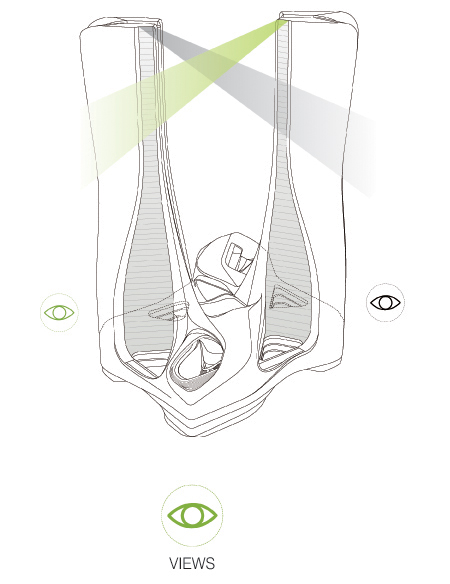
The incorporation of natural ventilation principles and the ways in which materials are employed, all work in concordance with one another to lower the energy and material demands of the building. Urban sustainability is also an important consideration in the design. The programme mix creates a dynamic, continuous 24/7 cycle of activity, a hub for business conduct, a new destination for visitors and residents alike and will become an all-in-one destination for working, living, leisure and entertainment.
Raffles City, Hangzhou, China, 2008
Client: CapitaLand
Location: Hangzhou, China
Building surface: 389,489 m2
Building site: 40,355m2
Programme: Mixed-use, incorporating commercial buildings: Class A office buildings, five-star hotels and high end residential buildings.
Status: Planned realisation 2012
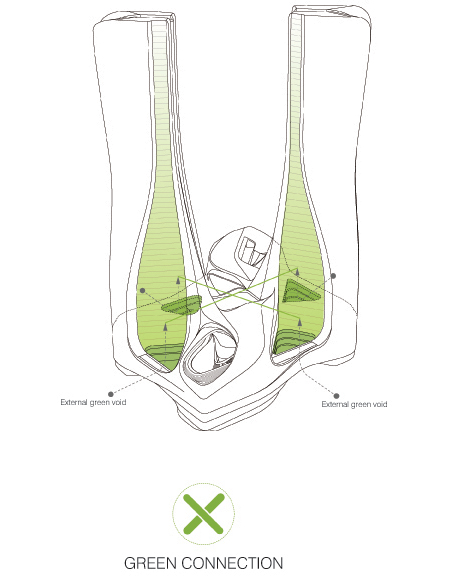
Credits
UNStudio:
Concept Design and Schematic Design:
Ben van Berkel, Caroline Bos, Astrid Piber with Hannes Pfau, Markus van Aalderen
Team: Juliane Maier, Marc Salemink, Shu Yan Chan and Andreas Bogenschuetz, Marina Bozukova, Brendon Carlin, Miklos Deri, Gary Freedman, Juergen Heinzel, Alexander Hugo, Abhijit Kapade, Marcin Koltunski, Fernie Lai, James Leng, Peter Moerland, Rudi Nieveen, Hans-Peter Nuenning, Hyunil Oh, Yi Cheng Pan, Steffen Riegas, Rikjan Scholten, Ioana Sulea, Christian Veddeler, Luming Wang, Zhenfei Wang, Rein Werkhoven, Georg Willheim.
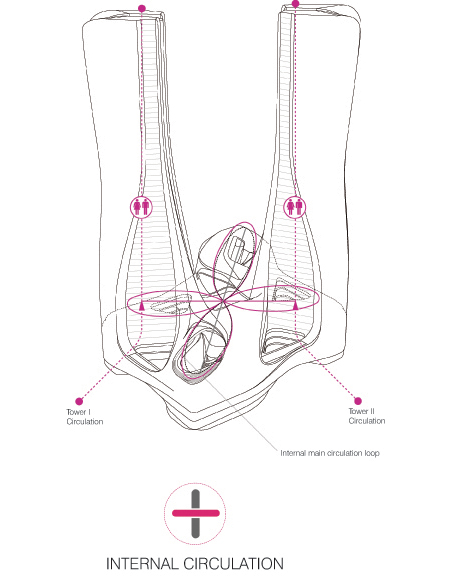
Advisors
local Design Institute:
China United Engineering Corporation, Hangzhou
Structure, Mechanical Engineering, Fire Engineering, LEED:
Arup London, Arup Shanghai, Arup LEED Hong Kong
Facade:
Meinhardt Façade Technology, Hong Kong
Transport consultants:
MVA Transport Consultants, Hong Kong